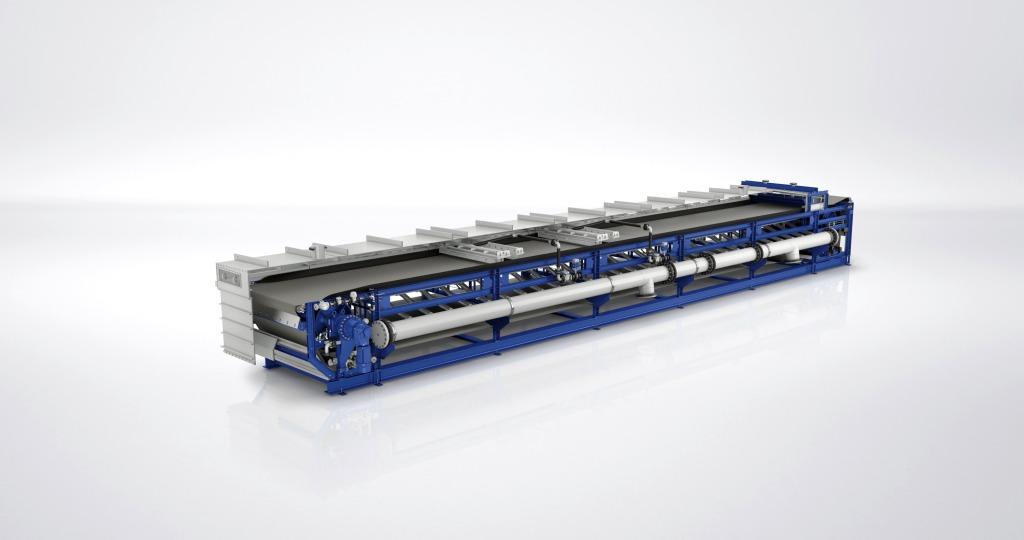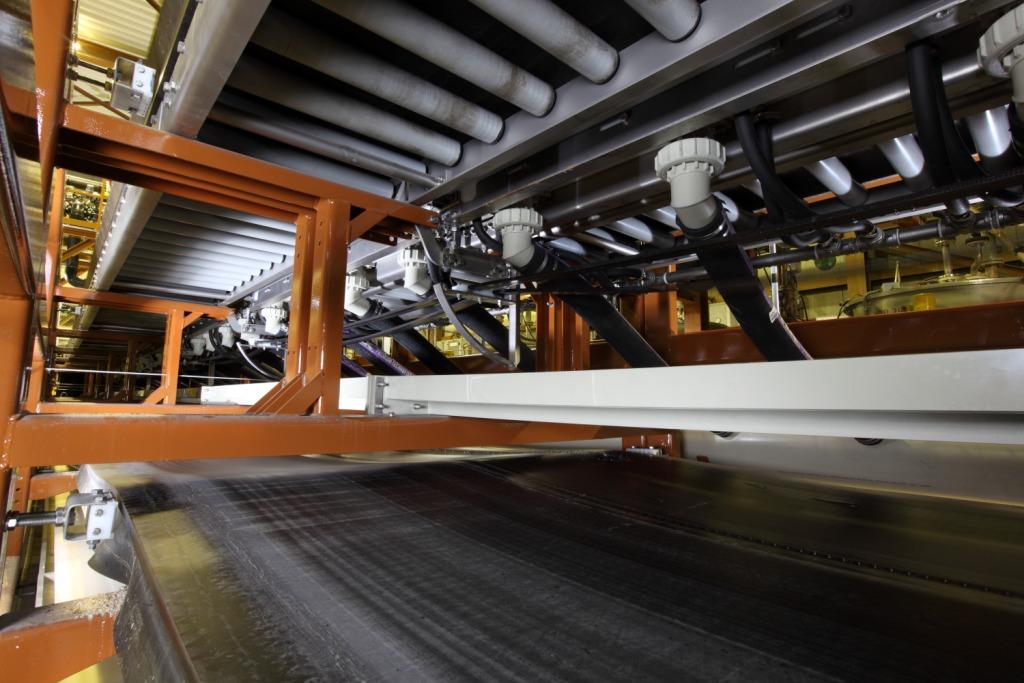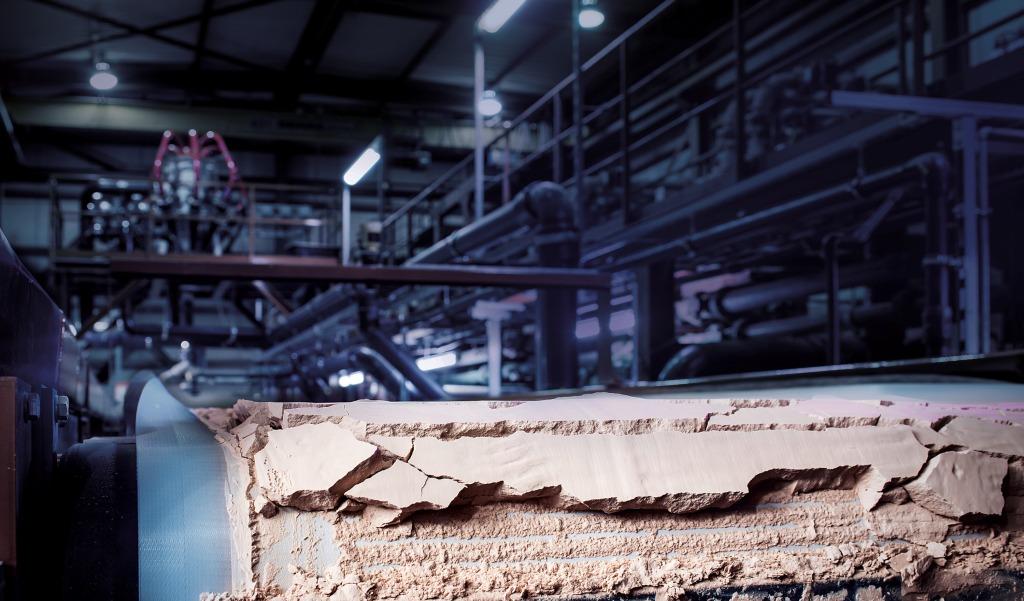20.03.2023
Rubber belt filters for fly ash processing
BHS-Sonthofen is supplying two large rubber belt filters for fly ash processing in Singapore. Collectively known as Tuas Nexus, the facility is an innovative and sustainable solution to meet Singapore’s long-term solid waste management and used water treatment needs. Tuas Nexus is the integration of the National Water Agency (PUB)’s Tuas Water Reclamation Plant (Tuas WRP) and the National Environment Agency (NEA)’s Integrated Waste Management Facility (IWMF). The “FAW” procedure from system supplier AIK Technik AG is used to treat the fly ash of the waste gases produced in the waste incineration process.
Circular economy and sustainable use of resources are at the top of the global agenda. To avoid waste and process recyclable materials in the best possible way, recycling processes and other forms of residual material utilization – for example for energy generation – play an important role. Tuas Nexus is the world’s first integrated waste and water treatment facility designed and conceptualized from the ground up. Here, various types of waste will be treated and recovered in the future.
The project is of particular importance to Singapore's “zero waste” vision of a fully circular economy in a rapidly growing population. Among other facilities, IWMF includes a waste-to-energy facility that incinerates up to 2,900 tonnes of waste per day and converts the waste into electricity. The electricity generated is in turn used to operate IWMF and Tuas WRP, with excess electricity to be exported to the grid.
The fly-ash-washing (FAW) process from AIK Technik AG is used for the treatment of fly ash from waste incineration. In the upstream extraction process, acidic washing water from the flue gas cleaning process is mixed with fly ash. During this process, metals such as zinc, copper, and lead, as well as other salts, are separated from the ash. These metals then enter the liquid phase and are subsequently removed from the fly ash by filtration and filter cake washing in the FAW process. In this way, the recovered secondary raw materials from the fly ash can potentially be reused sustainably and as economically as possible. After processing, the remaining treated fly ash can easily be disposed of in an environmentally compatible manner.
Large rubber belt filters for a flagship project with fly ash.
For this large-scale project, BHS supplied two rubber belt filters of type BFR 320-150 in a customized design. These continuously operating horizontal vacuum belt filters reliably separate rapidly sedimenting solids from suspensions – which makes them ideal for the efficient separation of fly ash and washing water. What is extraordinary about this project is the size of the filters: at 320 cm, they are thirty percent wider than the largest standard models and provide a filter surface of 45 m2.
The filters are currently in production at the BHS headquarter in Sonthofen and will be delivered to the customer this year. The commissioning of the complete flagship plant in Singapore is scheduled in several stages up to 2025. According to NEA, the Tuas Nexus IWMF will save more than 200,000 tonnes of CO2 each year, equivalent to the emissions of 42,500 cars on Singapore’s roads.
www.bhs-sonthofen.com/en

(Top) BHS rubber belt filters are designed for maximum performance. Their robust construction is suited for corrosive environments and they offer flexible process solutions for filtration applications.

(Middle) At 320 cm, the filters are 30 percent wider than the largest standard models and provide a filter surface of 45 m2.

(Bottom) Treated fly ash can be disposed of in an environmentally sound manner
« Back
|